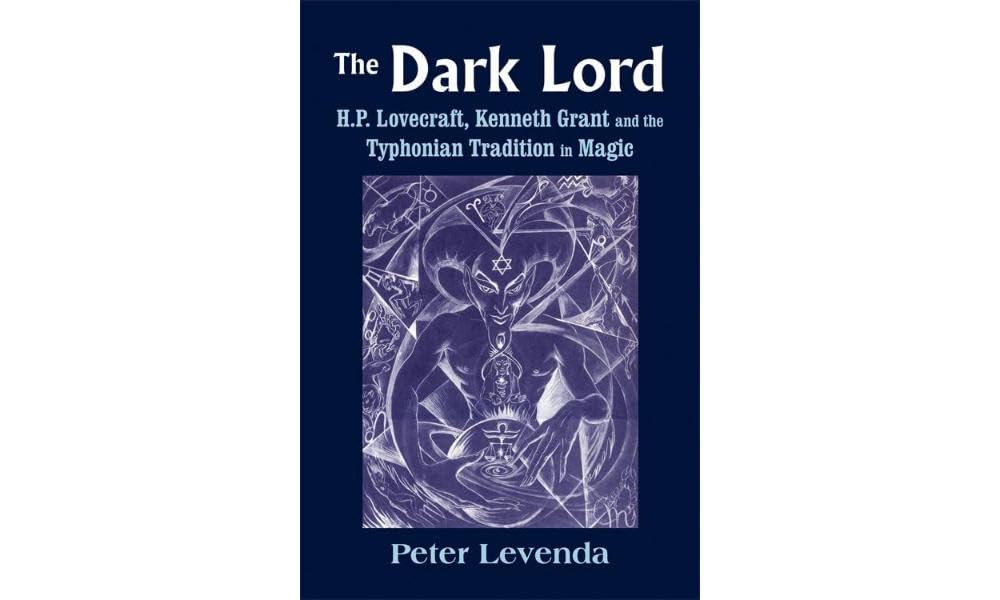Customer Services
Copyright © 2025 Desertcart Holdings Limited
Desert Online General Trading LLC
Dubai, United Arab Emirates




The Dark Lord: H.P. Lovecraft, Kenneth Grant, and the Typhonian Tradition in Magic
Trustpilot
2 weeks ago
2 months ago
1 day ago
3 weeks ago